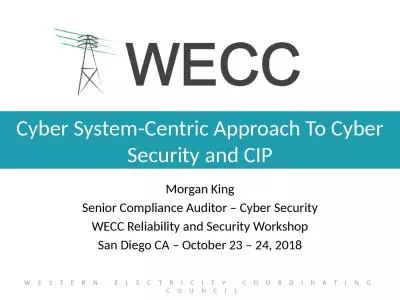PDF-An introduction to cyber security
Author : dstech | Published Date : 2020-07-13
There are fantastic benefits to embracing technology and working brsecurely online in health and social care Technology allows greater and brfaster information sharing
Presentation Embed Code
Download Presentation
Download Presentation The PPT/PDF document "An introduction to cyber security" is the property of its rightful owner. Permission is granted to download and print the materials on this website for personal, non-commercial use only, and to display it on your personal computer provided you do not modify the materials and that you retain all copyright notices contained in the materials. By downloading content from our website, you accept the terms of this agreement.
An introduction to cyber security: Transcript
There are fantastic benefits to embracing technology and working brsecurely online in health and social care Technology allows greater and brfaster information sharing so we can improve the quality of care and brsupport which we provide eg personalised care planning transfers of brcare viewing medications etc Individuals can fully participate and have. vs. Legislation and Ethics. Colonel John Doody. Panel Chair. Cyber vs. Legislation and Ethics. Introduction . . Colonel John Doody. Legislation versus Ethics in National Security - Military Operations versus Intelligence Collection versus Law Enforcement . A. . R. eview for Research & Education . P. . Vigneswara. . Ilavarasan. , PhD. 1. Agenda. The context. Causes. Basis. Review of field. Selection. Analysis. Future directions. 2. 3. 4. App & Airlines. Brandon Valeriano. Cardiff . University. . The Perspective of the Cyber Moderate. The cyber security field has been divided into what is of thought of as two camps on the future of cyber conflict debate: the cyber prognosticators and the cyber skeptics. . September 2016. The Cyber Security scene. – . Our economic and social future is mortgaged to the internet . 1.. Security breaches . (2015). 90. %. 69%. % businesses breached. % breached by outsiders. ) . Update on Stakeholder driven effort in US. Supported by US DOT. Siva R. K. Narla. Senior Director. Institute of Transportation Engineers (ITE). Email: . snarla@ite.org. Topics. Need - Improving . Research Analyst, Competition Policy and Research Department. Presented to . the . 6. th. Annual African . Dialogue on Consumer Protection . Conference, 08 -10 September 2014. The views and opinions expressed herein are those of the author and do not necessarily reflect the . :. . Preliminary Cyber Security Framework (. PCSF. ) … . How . secure are . Cyber Physical . Systems?. Ron Williamson, Ph.D.. Senior Engineering Fellow. Raytheon. November, 2013. Agenda – . . Urgent Issues in Cyber Security: Energy Surety. by. Claude Asamoah, . Lixin. Tao, . Keke. . Gai. , and Ning . Jiang. Pace University . Research Day . Conference. May 6. th. 2016. Introduction. Cyber Security breaches and attacks are on the ascendancy as corporations, governments, universities, and private individuals are conducting their business and personal transactions on the . WSIS . Forum . 2015 – Geneva. Dr Maria Bada. 25/05/2015. CMM - Five. . Dimensions. . Start-up. :. At this level either nothing exists, or it is very embryonic in nature. . Formative. : . Some features of the indicators have begun to grow and be formulated, but may be ad-hoc, disorganized, poorly defined - or simply "new". However, evidence of this activity can be clearly . Cyber . crime is an activity done using computers and internet. We can say that it is an unlawful acts wherein the computer either a tool or target or both.. HISTORY OF CYBER CRIME . The . first recorded cyber crime took place in 1820. That is not surprising considering the fact that the abacus, which is thought to be the earliest from of a computer, has been around since 3500 . The Desired Brand Effect Stand Out in a Saturated Market with a Timeless Brand Morgan King. Senior Compliance Auditor – Cyber Security. WECC Reliability and Security Workshop. San Diego CA – October 23 – 24, 2018. Western Electricity Coordinating Council. Did We Get CIP v5 Right?. Xian Sun. Assistant Professor in Finance. Carey Business School. Johns Hopkins University. 0. DRAFT. Module outline. Basic finance skills in decision making:. Time value of money. Net Present Value. Free Cash Flows. Challenges & Solutions for Pakistan. BY. AMMAR JAFFRI. Pioneering Head of NR3C FIA . Islamabad . PAKISTAN. Main Points of Presentation. About Myself and E-Pakistan Vision-2025 . Power of Internet..
Download Document
Here is the link to download the presentation.
"An introduction to cyber security"The content belongs to its owner. You may download and print it for personal use, without modification, and keep all copyright notices. By downloading, you agree to these terms.
Related Documents

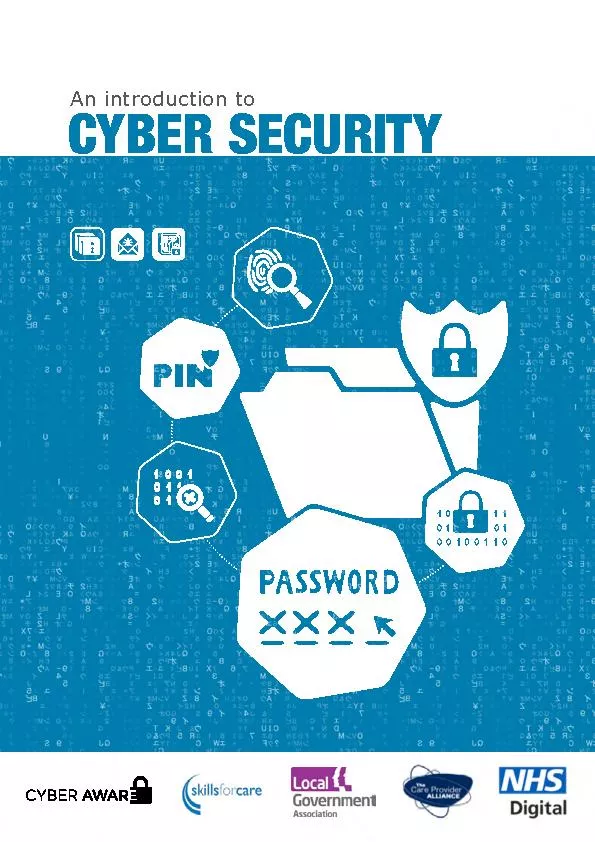
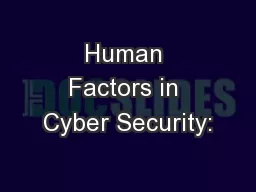

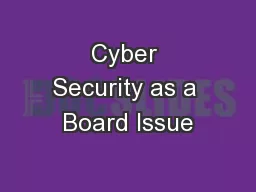
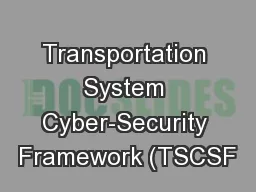
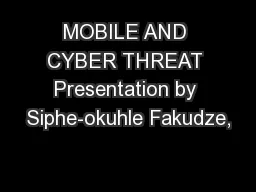
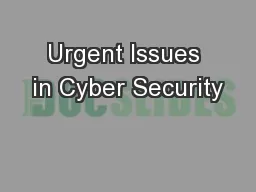
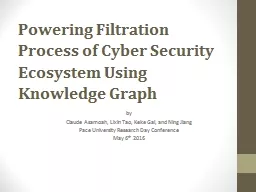
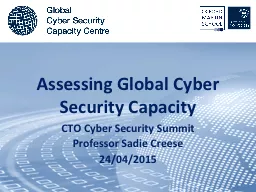
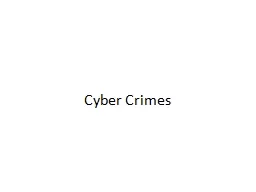
![[eBOOK]-Beginners guide to Hacking and Cyber Security (Comprehensive introduction to Cyber](https://thumbs.docslides.com/986748/ebook-beginners-guide-to-hacking-and-cyber-security-comprehensive-introduction-to-cyber-law-and-white-hat-operations-written-by-former-army-cyber-security-agent-information-technology-book-1.jpg)
